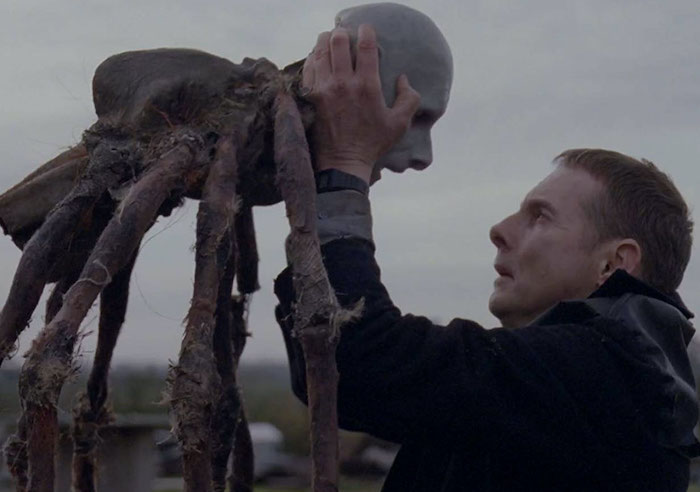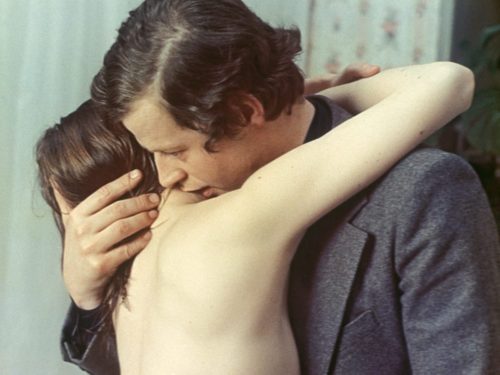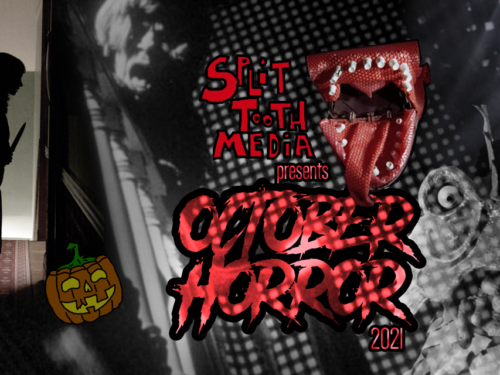Spiders are a mainstay of visual horror, but Through A Glass Darkly (1962), Spider (2002), and Enemy (2013) use spiders as totems of identity and self-discovery
Spiders are terrifying. Let’s get one universal truth out of the way right now. Arachnophobia is one of the most common fears in the world. In many ways the reasons we find spiders creepy are obvious — just look at the word creepy and its own double connotations. Spiders are small, quick, and unpredictable: chaotic evil at its finest. They have an unnatural amount of legs, eyes, and occasionally fangs.
Spiders show up physically in dozens of horror and thriller films, and while they provide reliably effective scares in literal form, I find their manifestation in psychological narratives even more unsettling. While watching a few classics of the subgenre, I noted a pattern equating the presence, conceptually or physically, of spiders with the existential panic of a wavering sense of self. This thematic pattern that will now forever be known as SPIDENTITY.
In several well-loved horror films (and comic books — I haven’t forgotten about you, Spider-Man), spider-like figures appear as isolated references to identity. I would be remiss to overlook the facehuggers in Alien (1979) — creatures that remove the distinguishing characteristics of our faces, the truest identifiers of our individuality. Similarly, the creature born from Norris’ head in John Carpenter’s The Thing (1982) warrants acknowledgement for being the single most horrifying iteration of a spider in film. The phrase “kill it with fire” undoubtedly was born of this exact moment. I’d venture to guess The Thing also inspired a recent piece of nightmare fuel, Possum (2018), in which a man’s mental degradation is rapidly accelerated by an omnipresent, autonomous spider/man fusion puppet. These momentary nods to spidentity deserve acknowledgement for sheer grotesquerie alone, but there are three films that use the theme pervasively and to such unsettling effect that they deserve more elaboration. The terror of spidentity builds upon itself, starting with mere insinuation in Ingmar Bergman’s Through a Glass Darkly (1962), growing into an uneasy yet subtle presence in David Cronenberg’s aptly named Spider (2002), and finally culminating in the inarguably epic climax of Denis Villeneuve’s Enemy (2013).
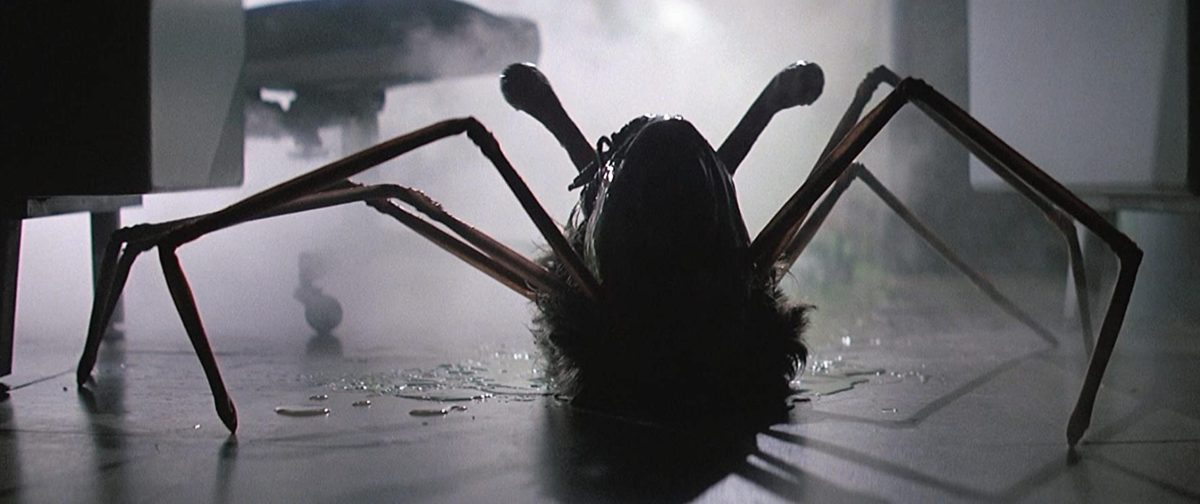
Bergman’s religious thriller Through a Glass Darkly provides the earliest threads of spidery webs forming in the synapses of the mind. Karin (Harriett Andersson) struggles with an increasingly pervasive form of schizophrenia, one in which she is distressingly aware of her own mental decay and its echoes to her mother’s own mental collapse. Seeking answers and guidance wherever she can, Karin turns to her father, her husband, and her brother for support. All three fail her in their own ways, leaving her grasping for hope. Ultimately she turns to religion, believing that God is coming to save her. Unfortunately when God finally manifests himself to her, he takes the form of a spider. In a climactic realization, Karin says:
“The door opened. But the God that came out was a spider. He came toward me and I saw his face… He crawled up and tried to force himself onto me, but I defended myself… When he couldn’t penetrate me, he continued up my chest up onto my face and up the wall. I have seen God.”
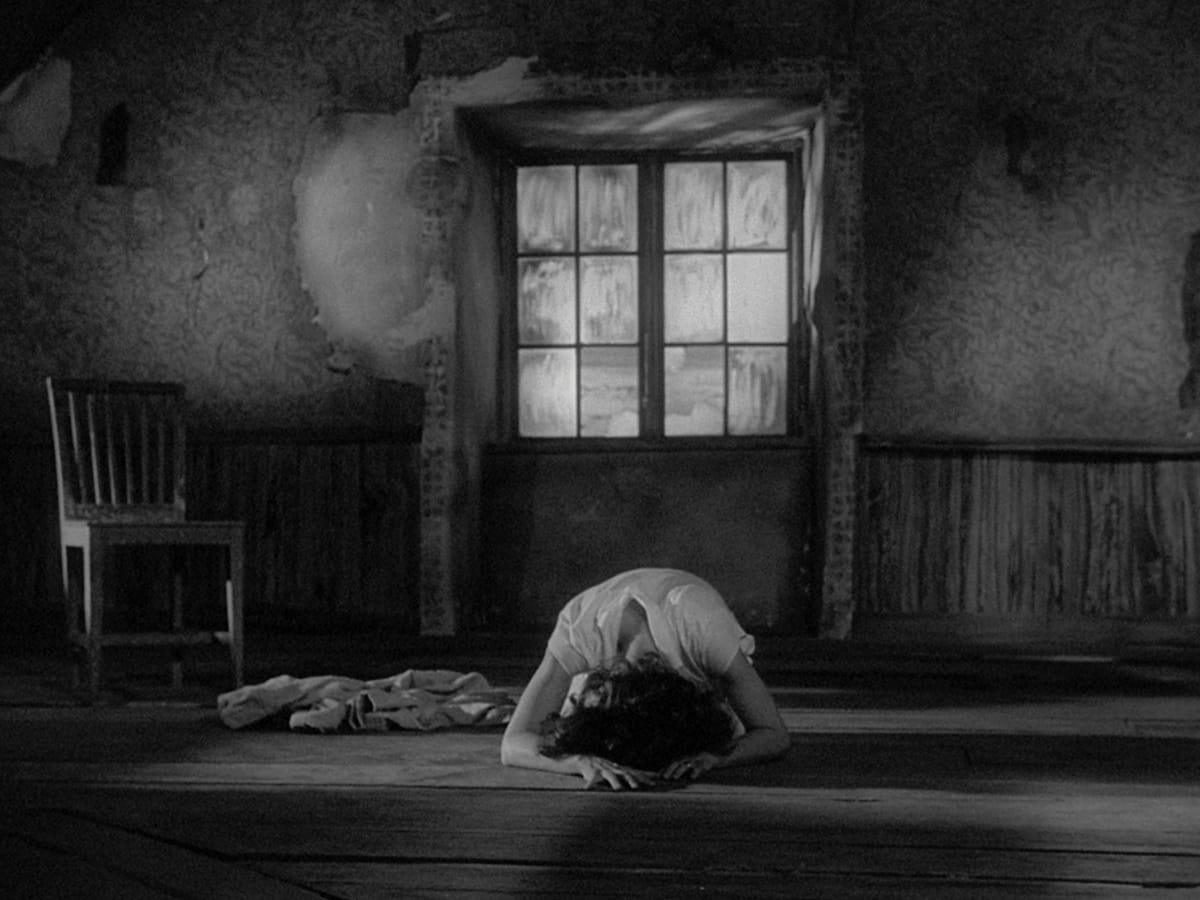
This horrifying hallucination is enough to break her entirely, and, in her own words, forces her to choose whether to live in her doomed reality or break off into a world she has created in her mind — a fantasy world in which her relationship with the men in her life (spider-god included) is healthy and unified. Her fragmenting of reality and splitting into two separate versions of herself is the seedling of the theme explored further in the next two films. The splitting in two also lends itself to a mathematical relationship between the spider’s eight legs and Karin’s identity. Karin is of two minds, fantasy and reality, as she interacts with four figures: father, brother, husband, and god. These four interactions doubled by her split personality sums up to eight fractured relationships, all conjoining in one monstrous realization of betrayal, guilt, and loss.
A similar fracturing occurs in David Cronenberg’s underrated Spider. The film unfolds in an intricate cross-pattern (dare I say… a web?) of chronologies and identities. Our lead, Spider (Ralph Fiennes), received his nickname semi-affectionately from his mother, who often shared an anecdote with him about the way mother spiders, once they’ve released their eggs, never once turn back to look at their offspring before going off on their own. That she would consider herself a mother-spider highlights another commonality in spider symbolism with ties to dual identities: the black widow. Spider’s mother and stepmother are both seductresses in their own right — women who lure men into their webs only to take what they want and devour them.

Mysteries are revealed as Spider, now an adult, works through the memories of his neglectful mother, scorned father, and manipulative stepmother. Spider’s past and present weave together as he inhabits multiple perspectives: that of his father, himself as a child, and as a nondescript witness to his own upbringing lurking in the corners of the frame. These characters also overlap through time itself, appearing in different identities and iterations in his memories of the past and his contemporary experiences. Through this complex narrative design, Spider’s grip on reality unravels, largely driven by his fears of which of his predecessors he will ultimately become. There’s no good answer or clear resolution to this riddle, but that doesn’t stop Spider from trying to solve it through a series of ropes tied together like a web, ostensibly connecting past, present, and future in a way that ideally brings clarity. Here time compounds identities exponentially. Spider is both himself as a boy, himself as an adult, and a witness to the collapse of both. As the three compound on each other, Spider’s good side and evil side cube: 2^3=8.
Finally, and most intricately, we have Denis Villeneuve’s unforgettable Enemy. Jake Gyllenhaal plays a history teacher adrift in his ordinary but stilted life, caught in a relationship with his girlfriend that has gone stale. One day, he sees an extra in a film that looks so remarkably like him that he is compelled to seek out the actor. Eventually he finds the man, a genuinely uncanny doppelganger of himself who also lives a dissatisfied life with a pregnant wife and failed acting career. Still, the men see something in each other’s life that they covet; they realize they cannot coexist peacefully. One man must prevail. Throughout the film, there are hallucinations of a city in which a giant spider stalks between the buildings. Occasionally this same skyline is imposed upon the head of our protagonists, suggesting something quite literally burrowing into their minds and disrupting the equilibrium there.

At this point I must ask you to watch the movie before you continue reading, because it would be a travesty to spoil the ending of this film for yourself. The early spider symbolism feels overblown and out of place until its reemergence in the very last moments of the film. After a long game of cat-and-mouse, the dopplegangers eventually switch partners. The partners are aware of the doppelgangers’ existence and seem to understand the man they are with is not the man they’ve long known. In the end, only one couple survives. As they begin a new life together, it becomes clear that identity may not be born into us, but rather something that we grow into based on our environments and experiences. The “good guy” shifts into a more secretive figure, mirroring the same choices and desires as the “bad guy” he recently conquered. As the audience realizes his metamorphosis, he enters the bedroom where his new partner should be. What he encounters, instead, is a room-sized spider, curled up in fear in the corner of the room. The man sighs and smirks to himself. Credits roll.
It’s a surreal and startling moment compared to the subdued, cerebral film that precedes it. Regardless of your interpretation of events, we are left again with four figures involved in two separate experiences: their relationship with their known partner and their relationship with the other. The eight legs of this particular spider coalesce in deep-ceded resentment, anger, and despair. But what makes it so deeply affecting is the meditation on identity it forces onto viewers. Is the spider God? Is the spider woman? Is the spider the enemy? Is he his own enemy? Many have dissected the film’s identity politics to varying degrees of success, but what’s the fun in telling you the answer when the riddle itself is so exciting?
Find more October Horror 2020 here:
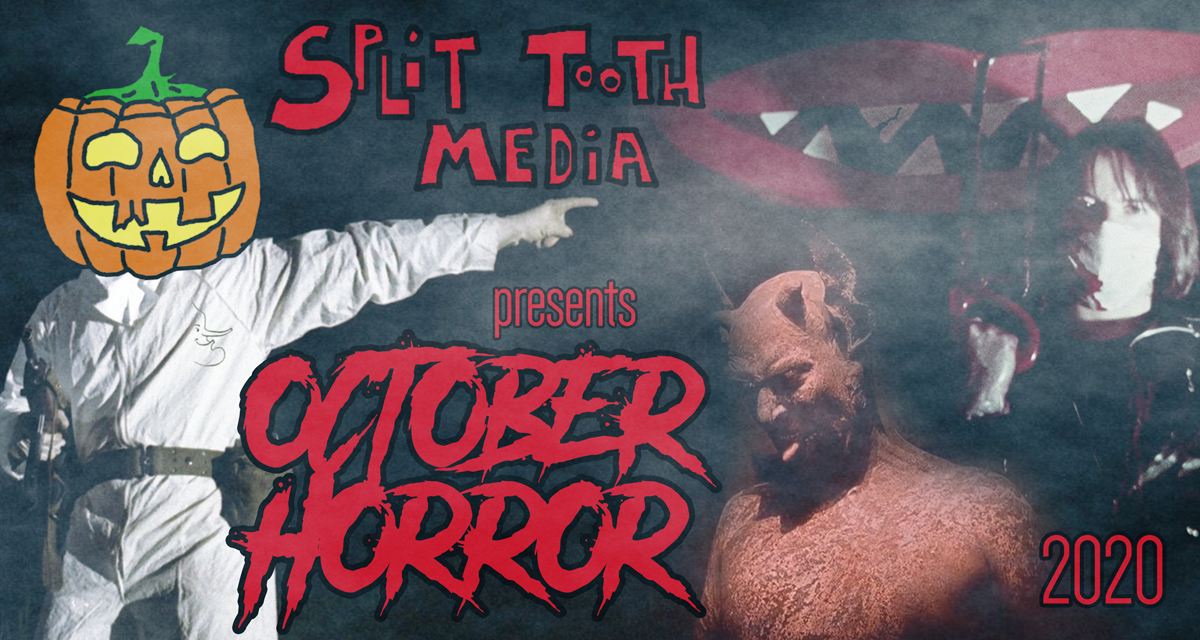
Follow Logan and Split Tooth Media
(Split Tooth may earn a commission from purchases made through affiliate links on our site.)

